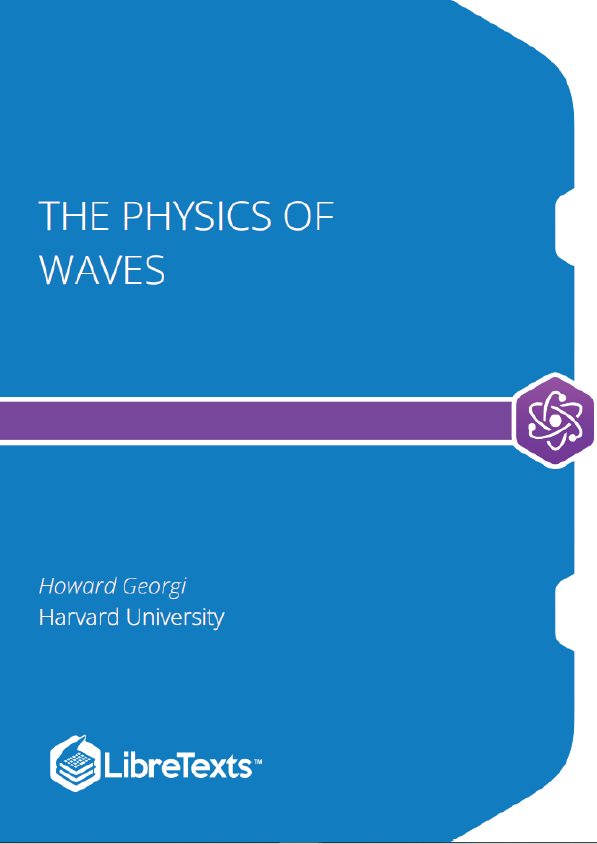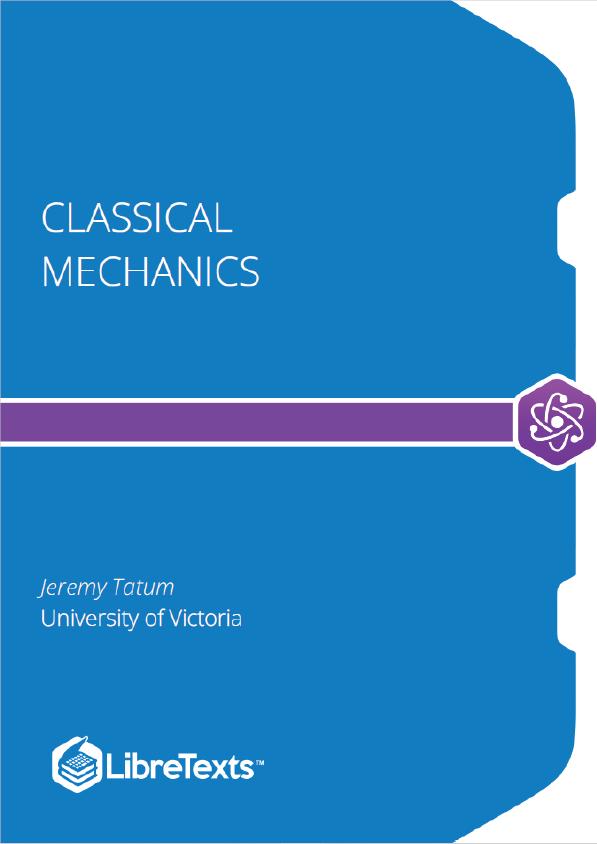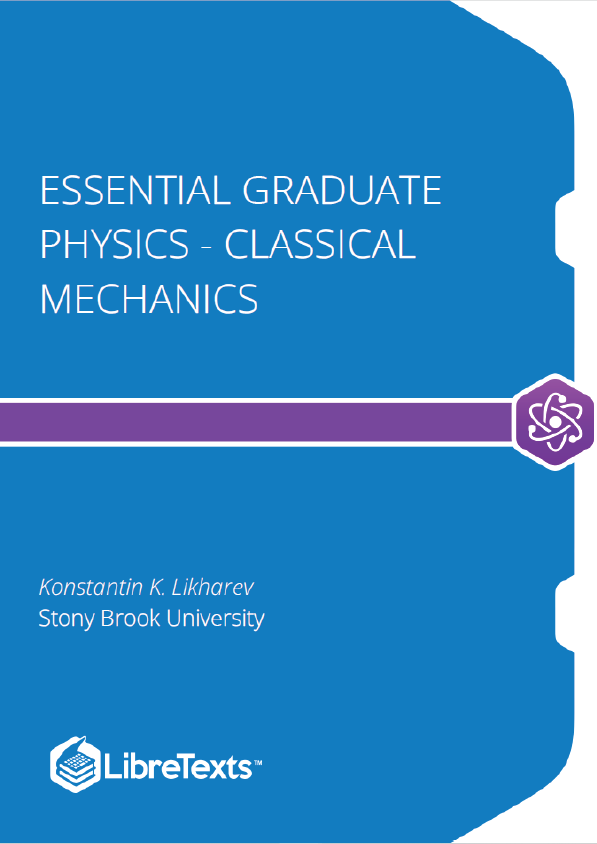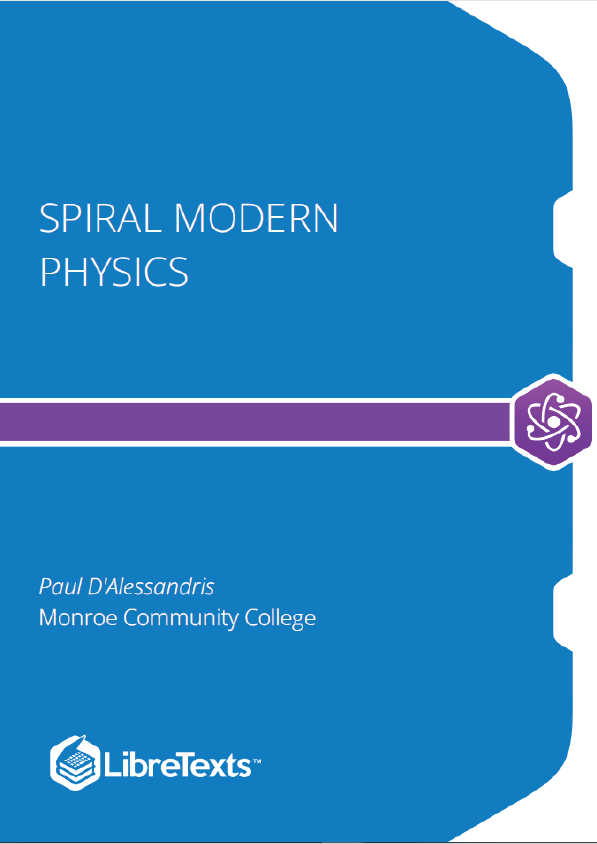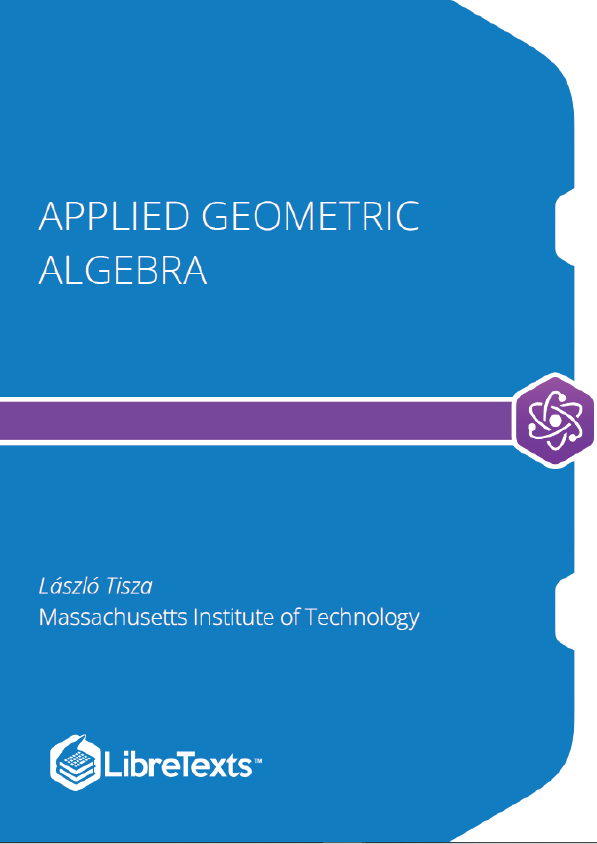Vibrations and waves are everywhere. If you take any system and disturb it from a stable equilibrium, the resultant motion will be waves and vibrations. Think of a guitar string—pluck the string, and it vibrates. The sound waves generated make their way to our ears, and we hear the string’s sound. Our eyes see what’s happening because they receive the electromagnetic waves of the light reflected from the guitar string, so that we can recognize the beautiful sinusoidal waves on the string. In fact, without vibrations and waves, we could not recognize the universe around us at all!
The amazing thing is that we can describe many fascinating phenomena arising from very different physical systems with mathematics. This course will provide you with the concepts and mathematical tools necessary to understand and explain a broad range of vibrations and waves. You will learn that waves come from many interconnected (coupled) objects when they are vibrating together. We will discuss many of these phenomena, along with related topics, including mechanical vibrations and waves, sound waves, electromagnetic waves, optics, and gravitational waves.
Oscillators are the basic building blocks of waves. We begin by discussing the harmonic oscillator. We will identify the general principles that make the harmonic oscillator so special and important. To make use of these principles, we must introduce the mathematical device of complex numbers. But the advantage of introducing this mathematics is that we can understand the solution to the harmonic oscillator problem in a new way. We show that the properties of linearity and time translation invariance lead to solutions that are complex exponential functions of time.
Preview
In this chapter, we discuss harmonic oscillation in systems with only one degree of freedom.
1. We begin with a review of the simple harmonic oscillator, noting that the equation of motion of a free oscillator is linear and invariant under time translation;
2. We discuss linearity in more detail, arguing that it is the generic situation for small oscillations about a point of stable equilibrium;
3. We discuss time translation invariance of the harmonic oscillator, and the connection between harmonic oscillation and uniform circular motion;
4. We introduce complex numbers, and discuss their arithmetic;
5. Using complex numbers, we find solutions to the equation of motion for the harmonic oscillator that behave as simply as possible under time translations. We call these solutions “irreducible.” We show that they are actually complex exponentials.
6. We discuss an circuit and draw an analogy between it and a system of a mass and springs.
7. We discuss units.
8. We give one simple example of a nonlinear oscillator.
Simple harmonic motion like (1.1.6) occurs in a very wide variety of physical systems. The question with which we will start our study of wave phenomena is the following: Why do solutions of the form of (1.1.6) appear so ubiquitously in physics? What do harmonically oscillating systems have in common? Of course, the mathematical answer to this question is that all of these systems have equations of motion of essentially the same form as (1.3). We will find a deeper and more physical answer that we will then be able to generalize to more complicated systems. The key features that all these systems have in common with the mass on the spring are (at least approximate) linearity and time translation invariance of the equations of motion. It is these two features that determine oscillatory behavior in systems from springs to inductors and capacitors. Each of these two properties is interesting on its own, but together, they are much more powerful. They almost completely determine the form of the solutions. We will see that if the system is linear and time translation invariant, we can always write its motion as a sum of simple motions in which the time dependence is either harmonic oscillation or exponential decay (or growth).
